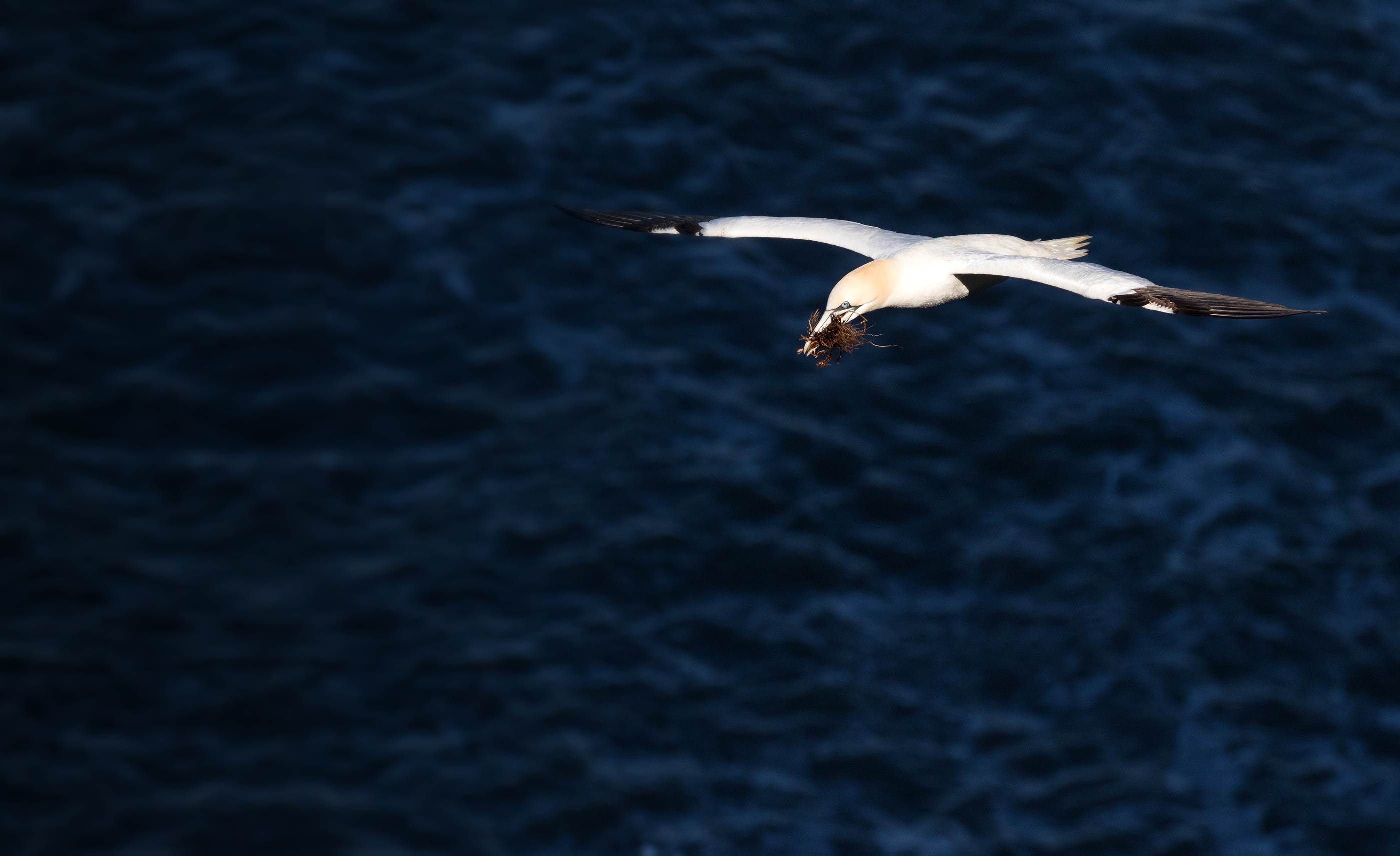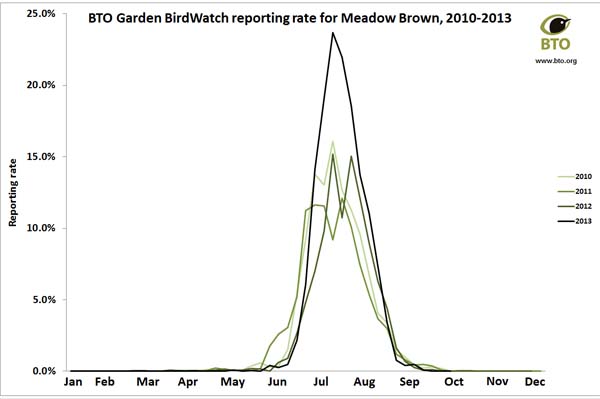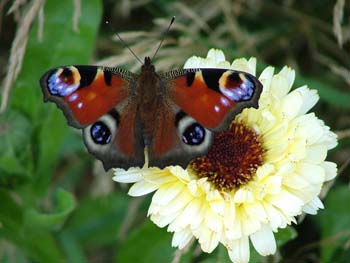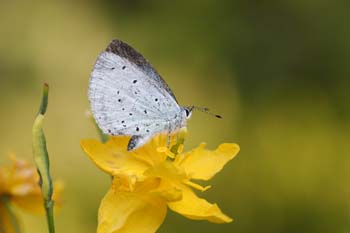Garden butterfly boom in 2013
It’s been a year of changeable weather affecting many of our garden species, but none more so than the butterflies. After a run of dismal summers, not to mention a late start to spring this year, our butterflies had a very slow start at the beginning of the summer, with emergences up to four weeks late. This produced sharp peaks in activity later in the year than is usual and many species were present in numbers well below what would normally be seen in the Garden BirdWatch figures for early summer. Thankfully, come July, the weather started to improve and our butterflies had a spectacular comeback with many sudden and dramatic increases in numbers.
Winners
Most of our common garden butterfly species were seen in more gardens this year than in recent years. However, three species really stand out.
Meadow Brown
For the last few years, Meadow Brown has been reported in around 10-15% of Garden BirdWatch gardens. There were barely any seen in GBW gardens at the end of June – the start of their usual flight period - but by mid-August they were reported in almost 25% of gardens, up 60% from last year.
Small Tortoiseshell
We reported on Small Tortoiseshell earlier this year due to its rapid increase in numbers during July. At the height of the 2013 season, they were seen in 46% more gardens than in summer 2012. This is good news for Small Tortoiseshells which have suffered from an overall decline in their abundance. However, they are subject to abundance fluctuations with very low numbers some years and high numbers in others which is partly due to spring temperatures but also their larval parasitoids.
Peacock
The most impressive increase in numbers this year belongs to the Peacock. Overwintering as adults, the Peacock was slow to emerge this year due to the cold spring temperature and activity initially peaked about three weeks later than usual. Even at the end of July, only 3% of GBW gardens had reported Peacocks. However once the weather improved and the first brood of the summer started to emerge, numbers rocketed and by the end of August, there were reports from almost half of GBW gardens, 68% higher than in 2012.
Losers
Whilst summer 2013 was successful for most of our common garden butterfly species, some had a much lower reporting rate than in 2012.
Holly Blue
One species that did not do so well this year was Holly Blue. In 2012, around a quarter of Garden BirdWatch gardens reported having them but in 2013 this dropped to 18%. However, numbers of Holly Blue are driven by both weather and the presence of a small parasitic wasp called Listrodomus nycthemerus, which is responsible for the death of many Holly Blue caterpillars, meaning that the population naturally fluctuates. Thankfully, this variance, and the fact that there has been a long-term increase in abundance, means that the Holly Blue should bounce back.
Red Admiral
Although one of the most familiar of our garden butterflies, Red Admiral is an annual immigrant, arriving from continental Europe and North Africa to spend its summer here. This means that numbers vary from year to year, dependant on how many individuals arrive on our shores. Therefore the decrease in the peak reporting rate for Red Admiral from 31% in 2012 to 18% in 2013 hopefully reflects this yearly variation.









Share this page